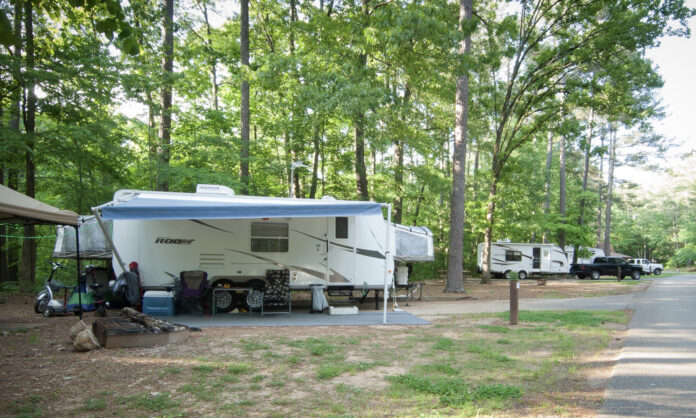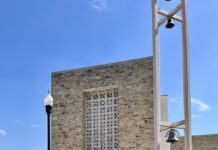MONTGOMERY, Ala. – Alabama State Parks found a new purpose during an eventful 2020.
State officials kept the parks open as a safe recreational option during the COVID-19 pandemic, as the parks’ wide-open spaces and variety of activities made it possible to practice social distancing while enjoying family-friendly trips into Alabama The Beautiful.
The total number of visitors to the 21 parks soared to 6.27 million, an increase of more than 1.5 million visitors, or about 32%, during the fiscal year that ended in September 2020. Visitors continued to arrive in large numbers throughout the fall.
“Alabama State Parks has always been one of the state’s true treasures, and it’s gratifying to know so many people recognized that fact and visited the parks last year,” said Chris Blankenship, commissioner of the Alabama Department of Conservation and Natural Resources. “From the foothills of the Appalachian Mountains to the beautiful sugar-white beaches on the Gulf of Mexico, each of the 21 parks offers something unique.
“I remain intensely grateful to Gov. Kay Ivey for making the courageous decision to keep our parks open,” he continued. “People needed an outlet for recreation, and the amazing staff at our parks made sure people could visit safely.”
Camping and golf remained two of the largest attractions for Alabama State Parks in 2020.
Visitors played 61,235 rounds of golf, an increase of 39%, at the golf courses in the state parks system during the fiscal year that ended in September.
Campsite occupancy also grew 9.5% year-over-year, an impressive figure considering the Joe Wheeler campground was damaged by a tornado in December 2019 and remained closed for much of the year. The renovated 23-site RV campground and new off-road vehicle trail at Buck’s Pocket State Park were also unveiled in 2020.
Hurricane season also disrupted camping throughout the fall at Gulf and Meaher state parks in Baldwin County. To reserve your campground spot, cabin or lodge room at one of the parks, please visit alapark.com/reservations.
“We all recognize the challenges all Americans faced in 2020, and the parks system faced the added stress surrounding hurricane damage and recovery,” Alabama State Parks Director Greg Lein said. “But everyone pulled together and made sure the parks thrived despite every obstacle. That’s a testament to all of our employees who made sure that our visitors enjoy a wonderful experience.
“I also want to thank everyone who visited our parks. You are the reason we do what we do, and we hope you’ll be back soon.”
Growing the number of visitors remains crucial to the parks system’s vitality. Approximately 80-90% of annual funding comes from customer fees, not taxes, and that makes Alabama State Parks among the nation’s most efficient state parks systems.
Alabama State Parks offers some of the nation’s best bass fishing from Lake Guntersville and Joe Wheeler state parks. It offers spectacular cave features at Rickwood and Cathedral Caverns state parks.
There’s zip-lining available at three locations — the Screaming Eagle Aerial Zipline at Lake Guntersville State Park, the Zipline Canopy Tour at Wind Creek State Park and the Aerial Zipline at DeSoto State Park.
Don’t forget: Hiking, biking, running, horseback riding, backpacking, geocaching and birding activities are available, too, and a state park is within a short driving distance of virtually every Alabamian.
“We know our parks offer some of the most beautiful natural scenery anywhere in the world,” Lein said. “We’re also proud that our parks offer activities and attractions that promote safe recreation while social distancing. That’s a unique blend that explains why so many people visited the parks in 2020, and we hope it continues in 2021 and beyond.”
About Alabama State Parks
The Alabama State Parks is a division of the Alabama Department of Conservation and Natural Resources and maintains 21 state parks encompassing approximately 48,000 acres of land and water in Alabama. The parks range from Gulf Coast beaches to Appalachian Mountains and provide opportunities and facilities from basic day-use activities to resort convention lodging, restaurants and golfing areas. These parks rely on visitor fees and the support of other partners like local communities to fund the majority of their operations. Learn more at www.alapark.com.































